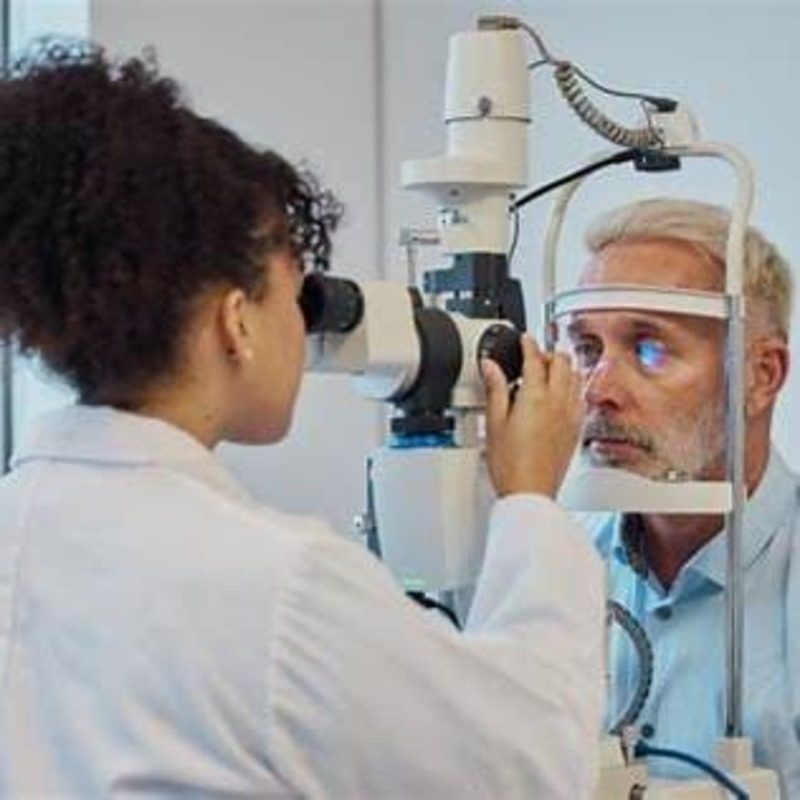Seeing Clearly Again: What to Know About Cataract Surgery (And Why You Shouldn’t Be Afraid)
If your vision has started to feel blurry, dim, or like you’re always looking through a fogged-up window, cataracts may be the reason. You’re not alone. Cataracts are one of the most common age-related eye conditions and affect more than half of Americans by age 80. The good news is that treatment is safe, fast, and life-changing.
“Understandably, most patients are anxious when they hear the word ‘surgery,’ especially when it involves their eyes,” says Dr. Emily Wright, a cataract and glaucoma specialist at Tucson Eye Care. “But cataract surgery has come a long way. It’s quick, virtually painless, and can dramatically improve your quality of life.”
What Are Cataracts?
Cataracts occur when the clear lens of the eye becomes cloudy, usually developing slowly over time. This cloudiness affects the way light passes through your eye, which can lead to:
- Blurry or hazy vision
- Glare or increased sensitivity to light
- Trouble seeing well at night
- Faded or yellowed colors
Frequent changes in your glasses prescription

What to Expect from Cataract Surgery
Cataract surgery is one of the most common and safest procedures performed today. It’s usually done on an outpatient basis and takes less than an hour. After numbing eye drops are applied, the surgeon makes a small incision, removes the clouded lens, and replaces it with a clear artificial lens called an intraocular lens (IOL). You’re awake during the procedure, but you won’t feel discomfort.
“Colors are brighter, details are sharper. It really is like getting a fresh view of the world,” Dr. Wright says. “Patients often notice the difference within a day or two.”
Is Cataract Surgery Safe?
Yes. With a success rate of over 95 percent, cataract surgery is considered one of the safest surgical procedures available. Complications are rare, and advancements in technology have made it even more precise. Depending on your needs, you may also be eligible for lens options that correct reading vision or astigmatism.
“It’s like getting a fresh view of the world. Most patients notice brighter colors and clearer vision within just a day or two.” — Dr. Emily Wright
Before and After the Procedure
Preparation is simple. Your doctor may ask you to use prescription eye drops a few days in advance, stop eating the night before surgery, and arrange transportation home.
After surgery, avoid rubbing your eyes and take a break from strenuous activities like bending or heavy lifting. Many people return to regular routines within a week or two, with full vision benefits continuing to improve over time.
When Should You Consider It?
If you find that even with glasses, you’re struggling to read, drive, or recognize faces clearly, it’s worth talking to your eye doctor. Cataracts don’t need to be advanced to qualify for treatment. In fact, earlier surgery often means easier recovery and better long-term results.
“You don’t have to wait until you’re nearly blind,” says Dr. Wright. “If cataracts are affecting your quality of life, there’s no reason to delay.”
About the Author

Dr. Emily Wright is a board-certified ophthalmologist at Tucson Eye Care who specializes in cataract and glaucoma surgery. She earned her medical degree from Virginia Commonwealth University and completed her residency at Tufts Medical Center, followed by a glaucoma fellowship at Emory University Hospital. Dr. Wright is known for her precise surgical skills and compassionate approach to helping patients enjoy clear, healthy vision.




